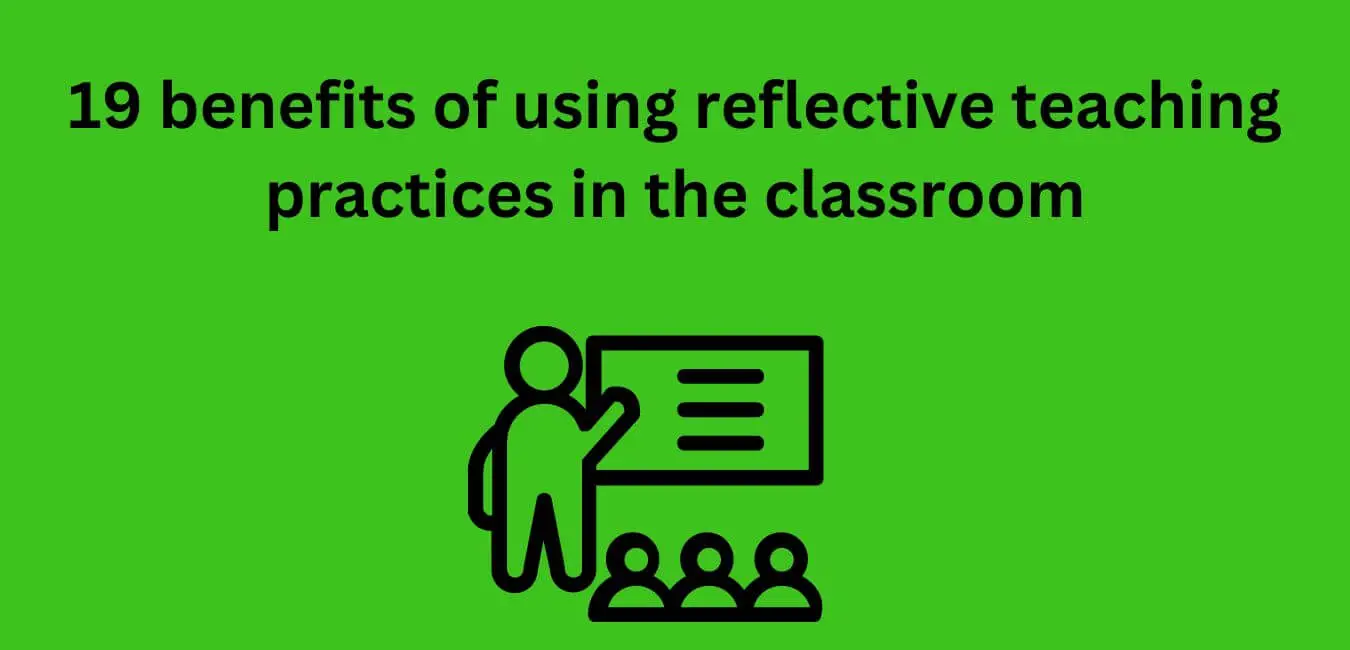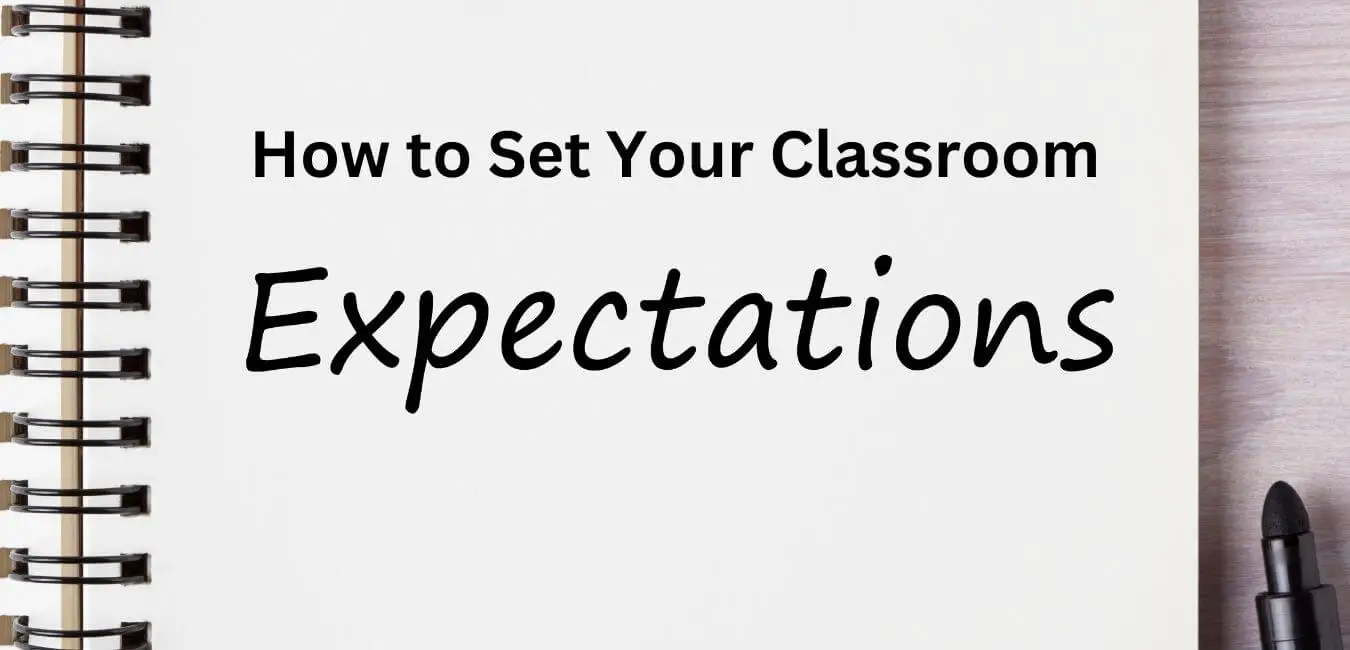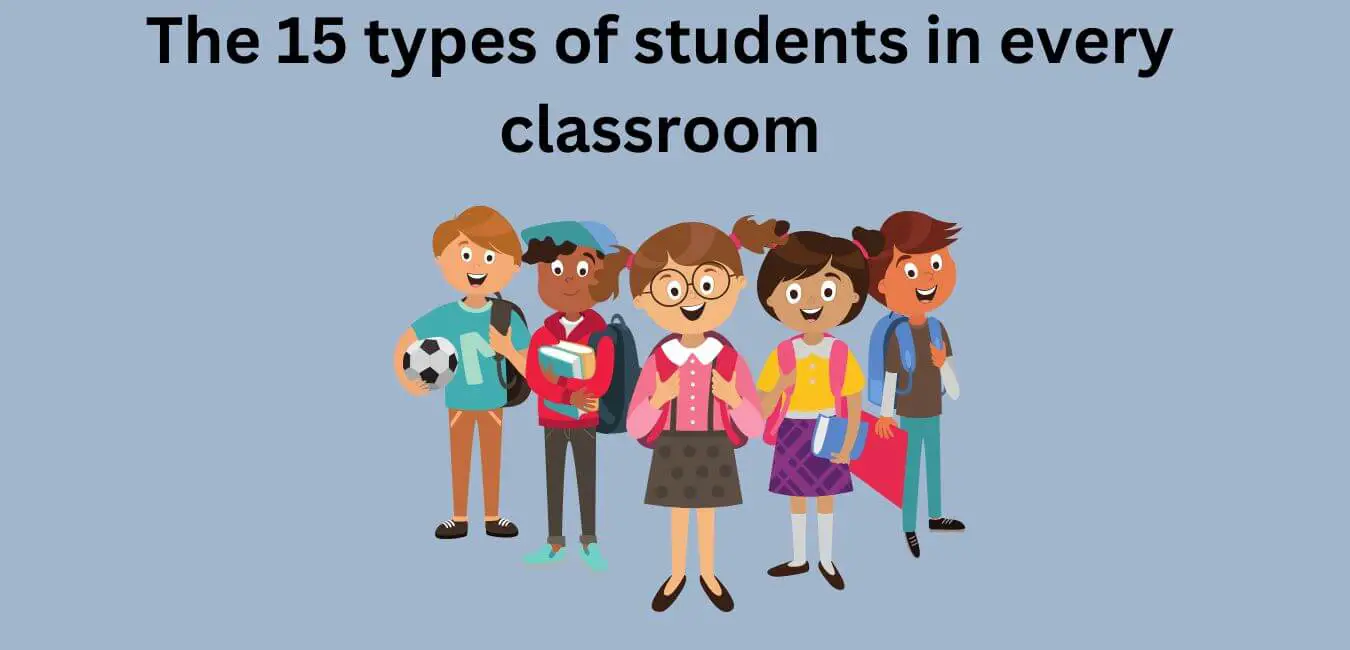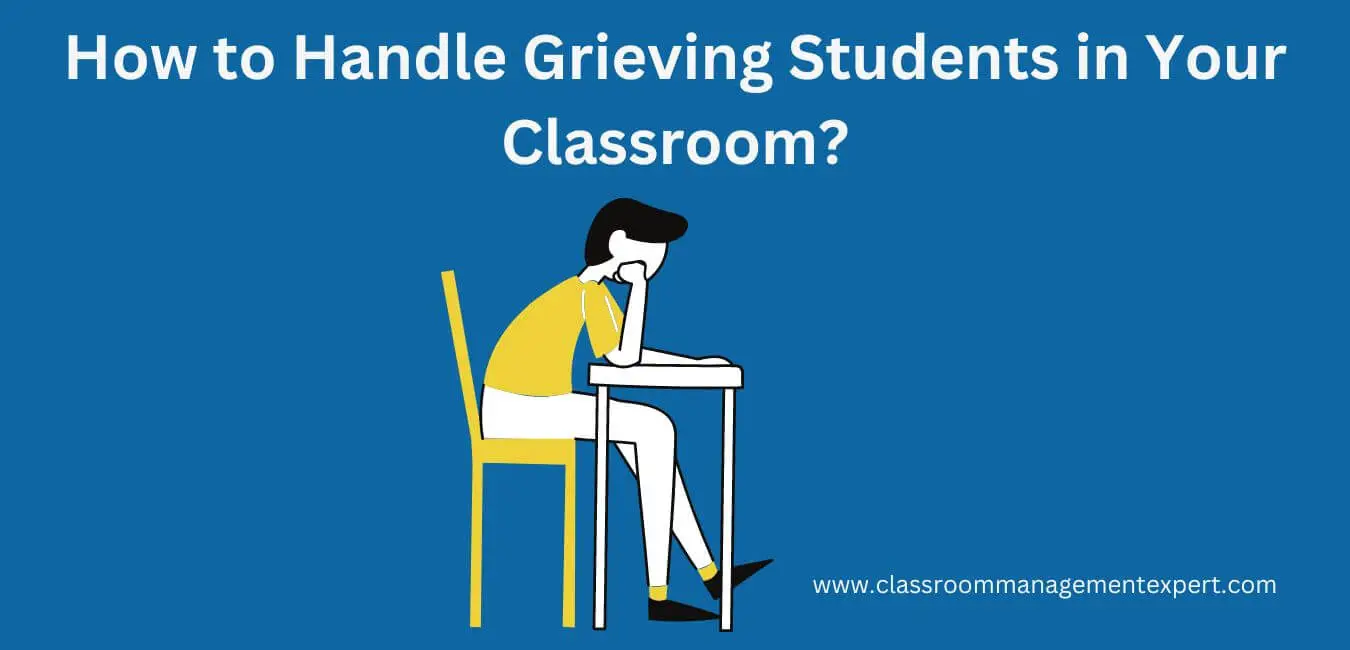14 Benefits of Using Humor in the Classroom
Laughter is the best medicine, and this holds true even in the classroom! As a teacher, incorporating humor into your lessons can have a significant impact on your students’ learning experience. Aside from boosting engagement and retention, using humor can also create a more relaxed and positive classroom environment, which can foster creativity and collaboration…










